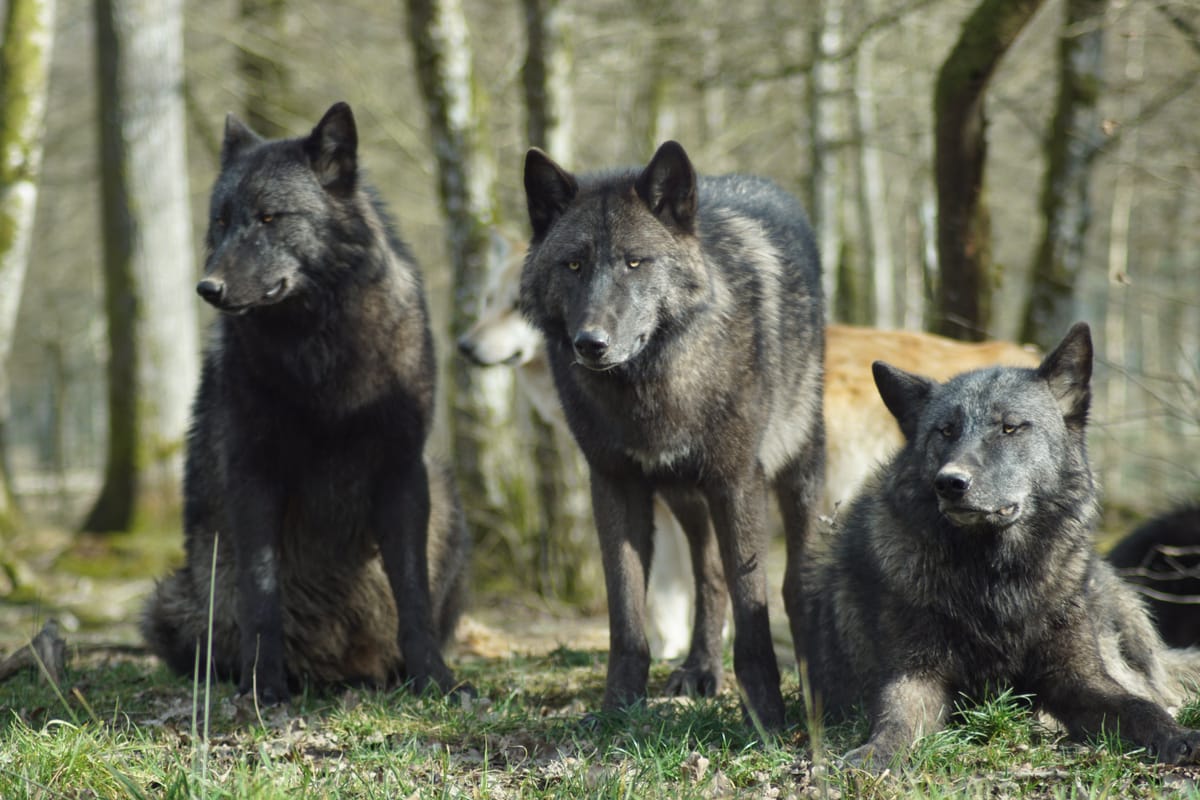Why rewilding the Rocky Mountains with wolves has become so controversial
Rewilding is the general concept of returning a species to its former natural habitat after it artificially disappeared.

A few minutes every morning is all you need.
Stay up to date on the world's Headlines and Human Stories. It's fun, it's factual, it's fluff-free.
Rewilding is the general concept of returning a species to its former natural habitat after it artificially disappeared – like if humans endangered them from the area. It’s a major tenet of conservation biology. Reintroduction is the specific process of moving a species back to its lost natural habitat. The idea is to eventually restore an ecosystem to the way it was before, reestablishing balance and biodiversity.
Some major, successful rewilding projects include the reintroduction of blue wildebeests to the Serengeti in Tanzania (which led to the control of overpopulated plants), water buffalo in different regions of eastern Europe and muskoxen in the Arctic.
On the surface, the reintroduction of these species might seem like a no-brainer, but it can actually be a lot more controversial and risky than it seems.
Although you might not expect it, rewilding has the potential to cause more ecological problems. Reintroduction of a species to a habitat that they haven’t occupied in a while can lead to the “importation of diseases that may leap to native species; escapes that lead to hybridization; and predators jumping fences to endanger livestock,” according to Nature. It can also put people in danger when it comes to the reintroduction of more dangerous species.
Earlier this week, wildlife officials in Colorado’s Rocky Mountains in the US released five gray wolves as part of a reintroduction process after they were depleted in the area due to government-funded killing programs. The wolves were taken from the wild in Oregon, with some other states rejecting the idea of sending their own wildlife to Colorado for migration and financial reasons. Voted on by Colorado residents in 2020, city dwellers were largely in favor of the idea, while ranchers have been worried about the wolves attacking their animals.
“We know that the law has been passed because that’s what the population of Colorado wants,” says Philip Anderson, a rancher and former president of the Colorado Cattlemen’s Association who lobbied against the project. “But it’s not what the ranchers really want. We would like to be able to continue our business without having another apex predator.”
But, ultimately, the reintroduction is going forward.
“Wolf reintroduction in Colorado is happening because many Colorado voters want wolves on the landscape – they want wolves as part of the ecosystem and have strong emotional and cultural connections to this species,” Becky Niemiec, director of the Animal-Human Policy Center at Colorado State University, told the “Guardian.”




Comments ()